Clinical Chemistry
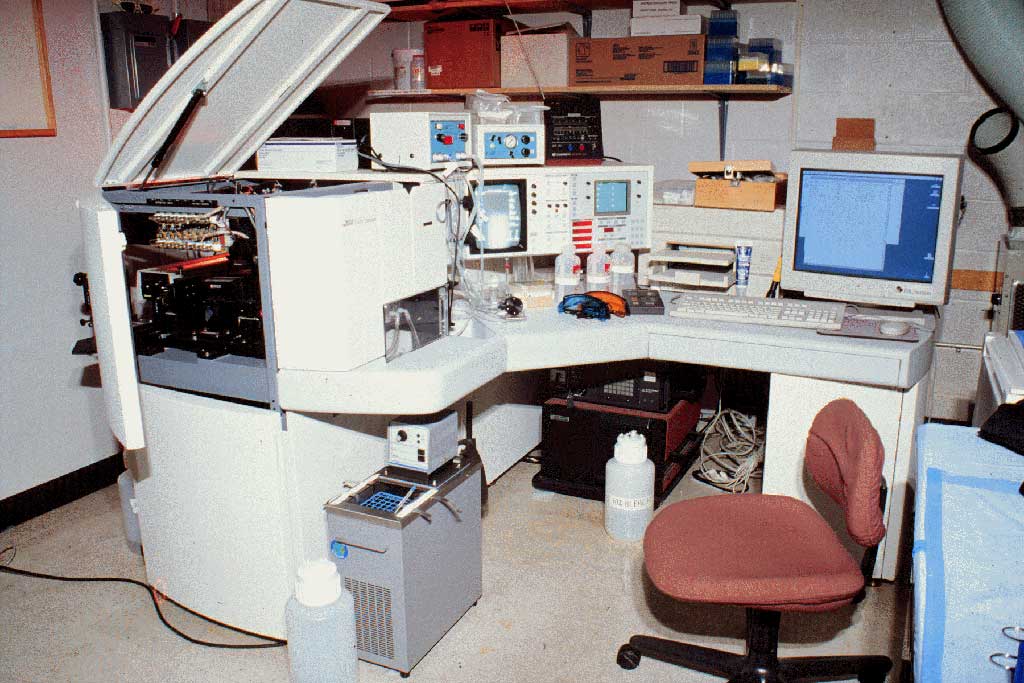
Plasma Serglycin Levels Evaluated for Diabetic Retinopathy Diagnosis
Diabetic retinopathy (DR), a microvascular complication caused by chronic diabetes mellitus (DM), is a significant threat to vision in adults, which may even lead to blindness and retinal detachment. The clinical symptoms of DR include fibrosis, capillary obstruction, neovascularization, and increased vascular permeability. More...04 Jan 2021
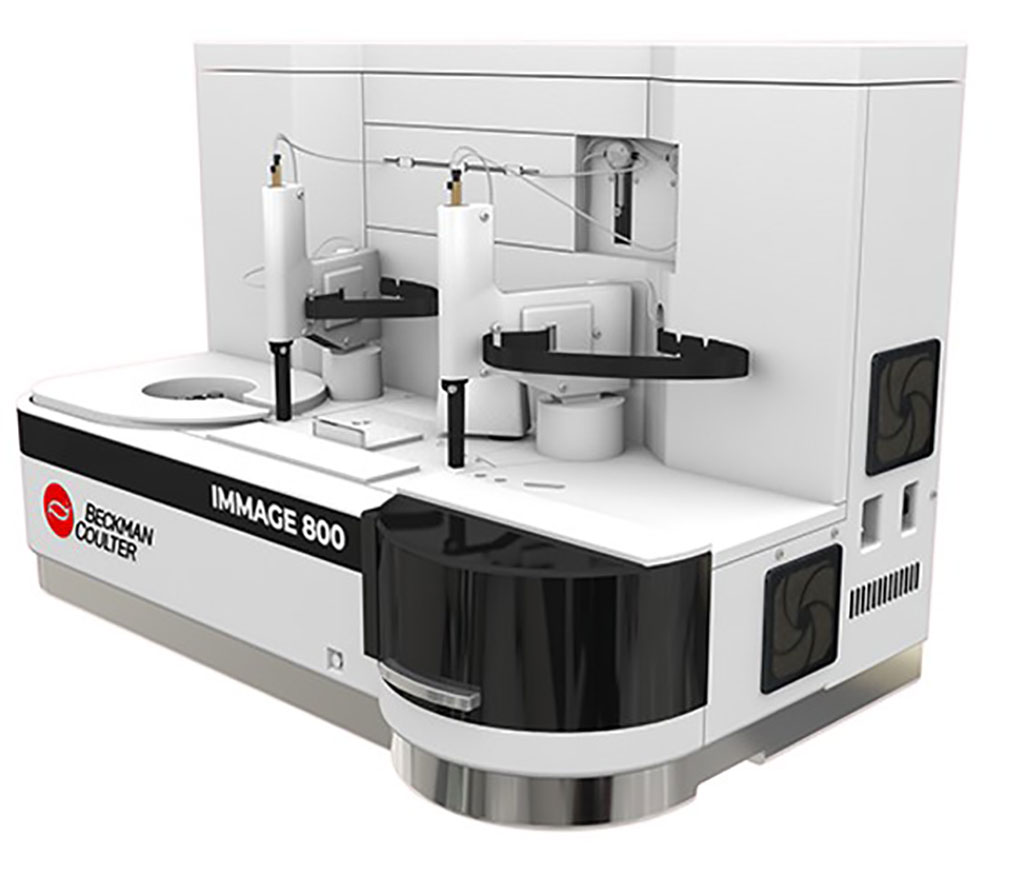
Novel Biomarkers Predict the Development of Incident Heart Failure
Heart failure (HF), caused by abnormal cardiac structure and function, represents the end stage of several cardiac diseases, and significantly worsens both quality of life and life expectancy with a five year survival rate of approximately 50%. Lifetime risk of the development of HF is 20% and overall prevalence 2%. More...30 Dec 2020
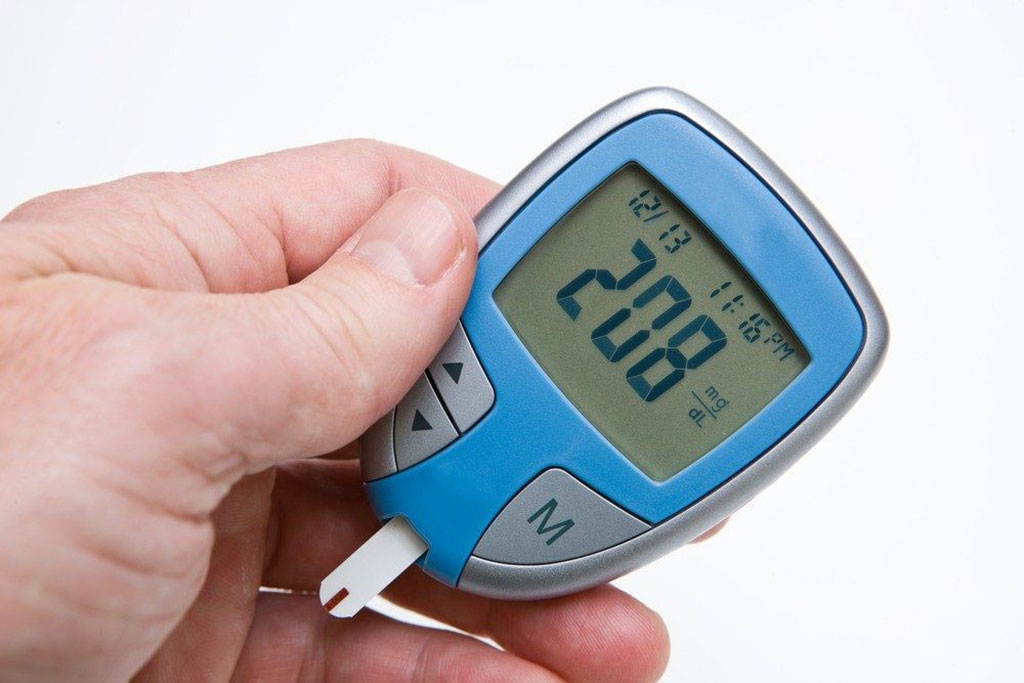
Hyperglycemia and Hypoglycemia Associated with Poor Outcomes in COVID-19 Patients
Diabetes and hyperglycemia have emerged as important risk factors for hospitalization, disease severity, acute kidney injury, acute respiratory distress syndrome, intensive care unit (ICU) admissions, and death in patients with coronavirus disease 2019 (COVID-19). More...28 Dec 2020
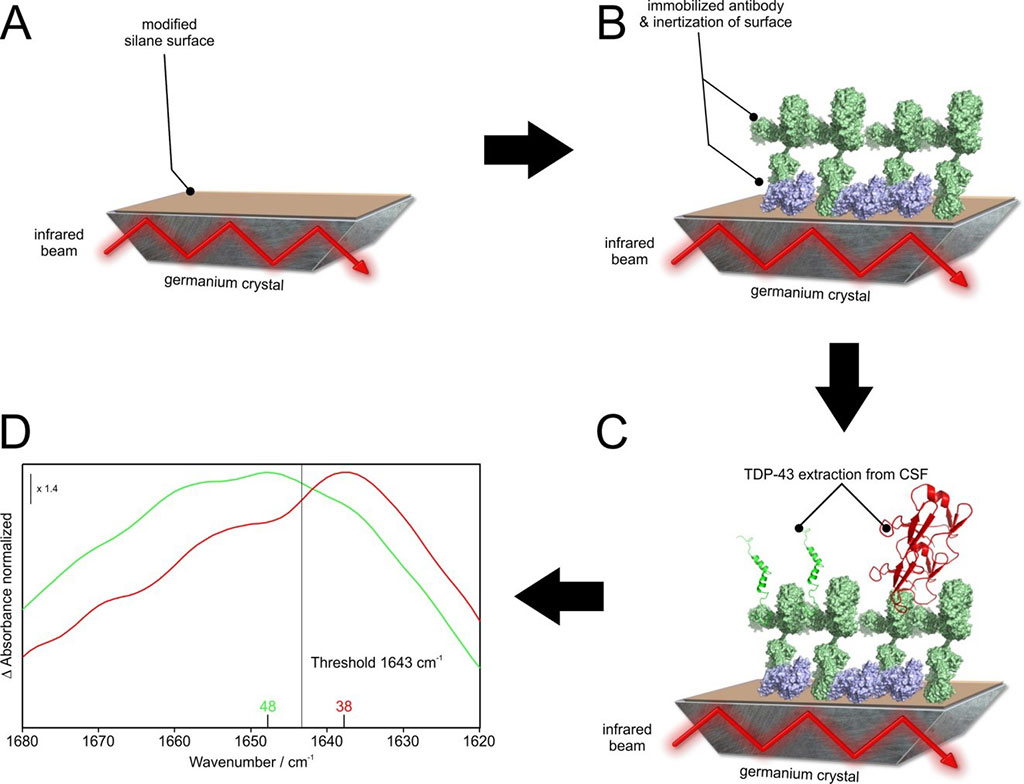
Novel Biomarker Candidate for Amyotrophic Lateral Sclerosis Explored
Amyotrophic Lateral Sclerosis (ALS) is a fatal neurodegenerative disease causing a rapid loss of motor function, which usually results in a serious condition with early death within a few years. So far, early and precise diagnosis of the disease has been difficult. More...23 Dec 2020
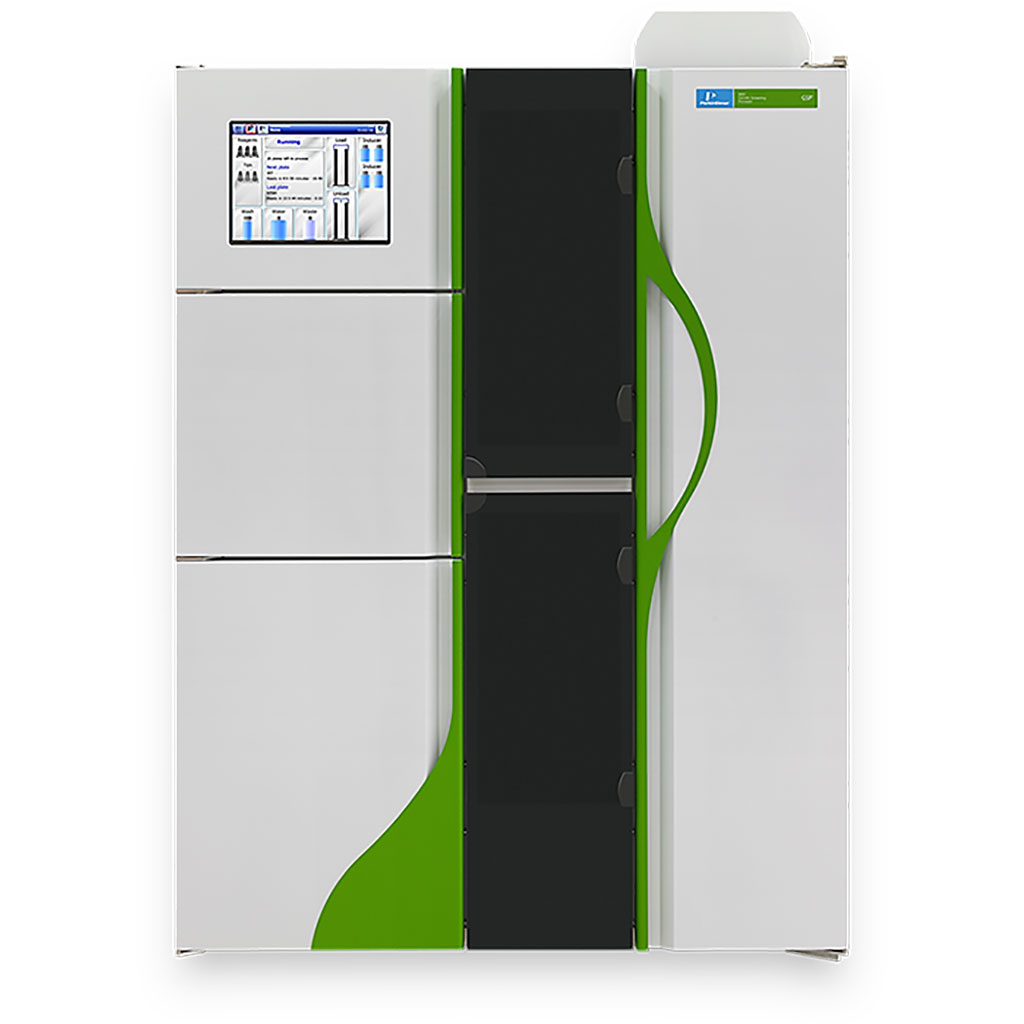
Biomarker Evaluated for Early Detection of Congenital Heart Disease
Congenital heart disease (CHD) is the most common congenital malformation in humans worldwide. Circulating cardiovascular biomarkers could potentially improve the early detection of CHD, even in asymptomatic newborns. More...16 Dec 2020
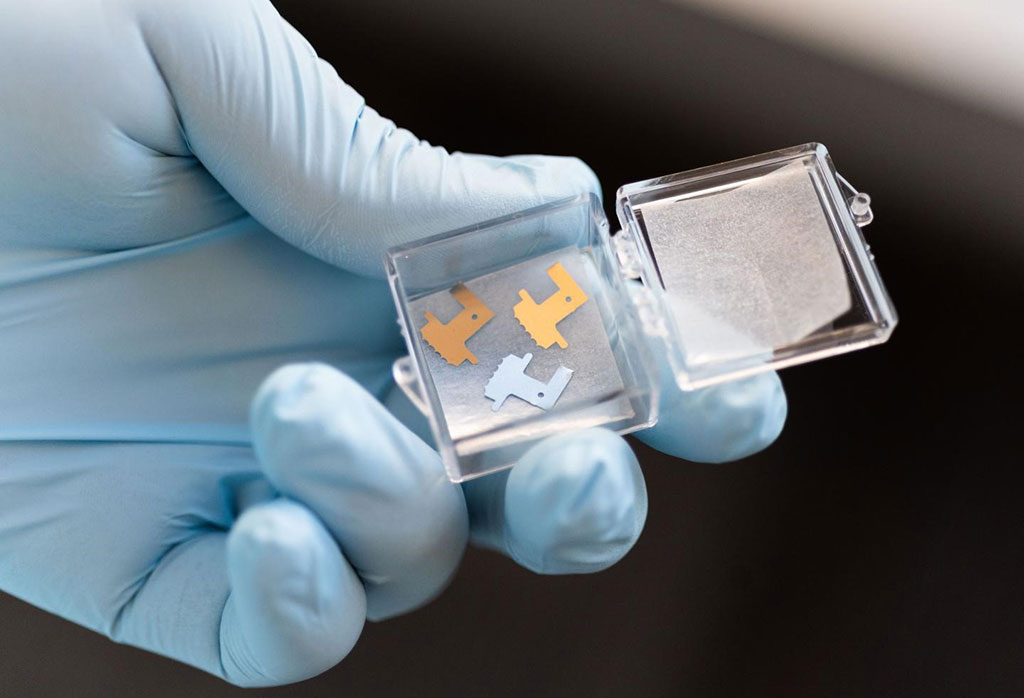
Interstitial Fluid Sampled from Skin Using a Microneedle Patch
Biochemical information about the body most commonly comes from analysis of blood, which represents only 6% of bodily fluids, but valuable information may also be found in other bodily fluids that are traditionally hard to get. Biofluids such as saliva, blood, urine, tears, and interstitial fluid (the fluid that surrounds cells) contain proteins and can be isolated for health monitoring. More...10 Dec 2020
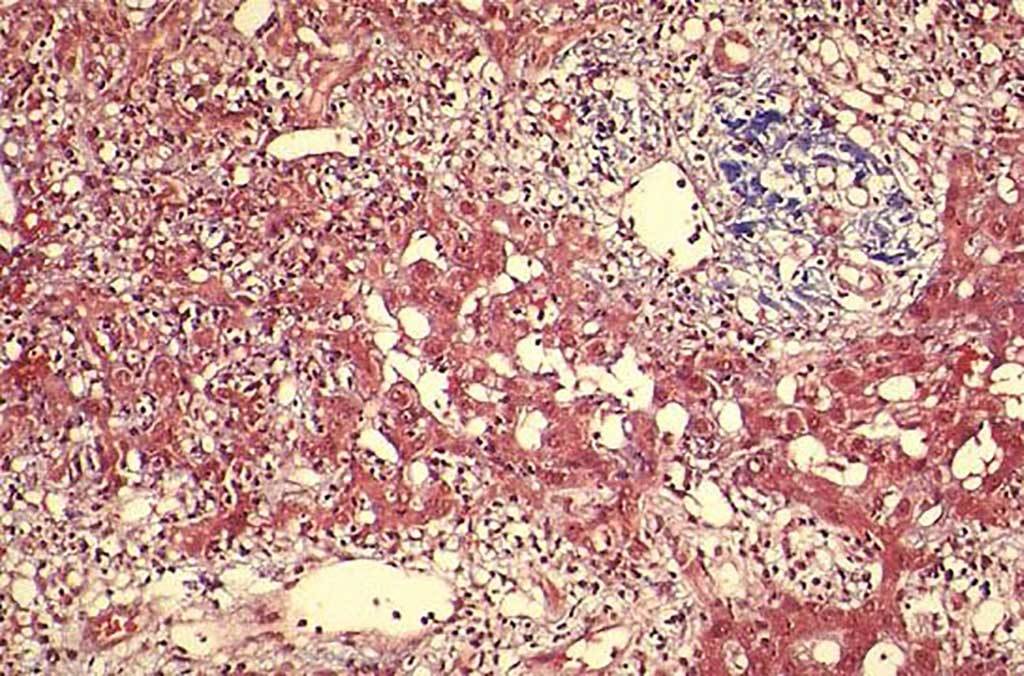
HDL-Cholesterol Predicts Survival in Cirrhotic Patients with Gastrointestinal Bleeding
Liver cirrhosis is an important cause of morbidity and mortality as a consequence of continuous liver injuries. Acute gastrointestinal bleeding is a serious complication and critical clinical event in cirrhotic patients. Hepatitis B virus (HBV) is the leading cause of liver cirrhosis in China. More...10 Dec 2020
In Other News
Diagnostic Assays Evaluated for Vitamin B12 and Folate Deficiency
Kininogen-1 Protein Linked to Early Cognitive Impairment in Parkinson’s
Single-Tube Multimarker Assay Estimates Preeclampsia Risk
Spot Urine Sample Evaluated for Renal Potassium Loss
Incretin Hormone Levels Linked to Arteriosclerosis
Biomarker Detects Early Alzheimer’s Disease
Elevated Fructosamine Levels Associated with Increased PJI Risk
Biomarkers Predict Whether RA Patients Will Respond to DMARDs
Breath Ammonia Biomarker Predicts Kidney Function in CKD Patients
Metabolomics Profiles Associated with Diabetic Retinopathy
High-Sensitivity C-Reactive Protein Investigated in Acute Myocardial Infarction Patients
Novel Fecal Calprotectin Test Validated in Pediatric Population
Serum Creatinine-to-Cystatin C Ratio Predicts AKI Mortality
Glycosylated Hemoglobin Predicts Coronary Artery Disease in Non‐Diabetic Patients
Breath Test Developed for Head and Neck Cancer Diagnosis
Glycated Albumin Levels in Tears Allow Noninvasive Glucose Testing
Galectin-3 Predicts Cardiovascular Disease Risk in Diabetic Patients
Methods for Intra-Erythrocyte Magnesium and Its Determinants Compared
Glycated Hemoglobin Screening Reveals Undiagnosed Diabetes
Urine Osmolality Measurement Evaluated on Automated Analyzer
Hypokalemia Is Associated With COVID-19 Severity
Ammonia Predicts Prognosis in Hepatitis B Virus‐Related Liver Failure
Hematological Parameters Evaluated for Cervicocranial Arterial Dissection Stroke
The Clinical Chemistry channel updates the reader on tests, techniques, and research in the field - from routine assays to specialized tests on blood, urine, enzymes, lipids, hormones and more.




 assay.jpg)





